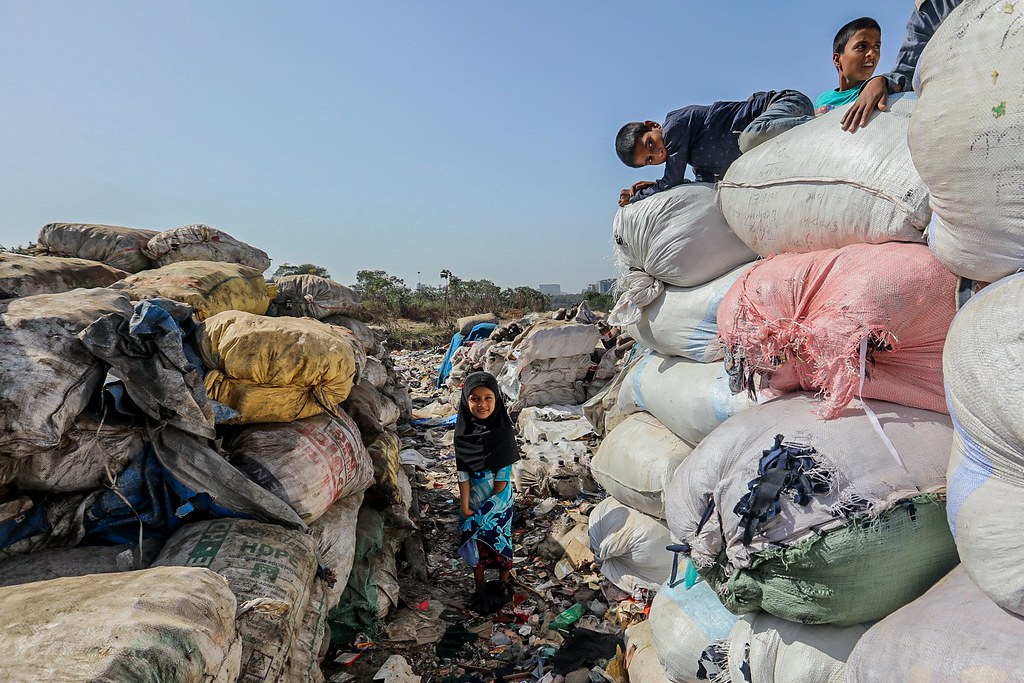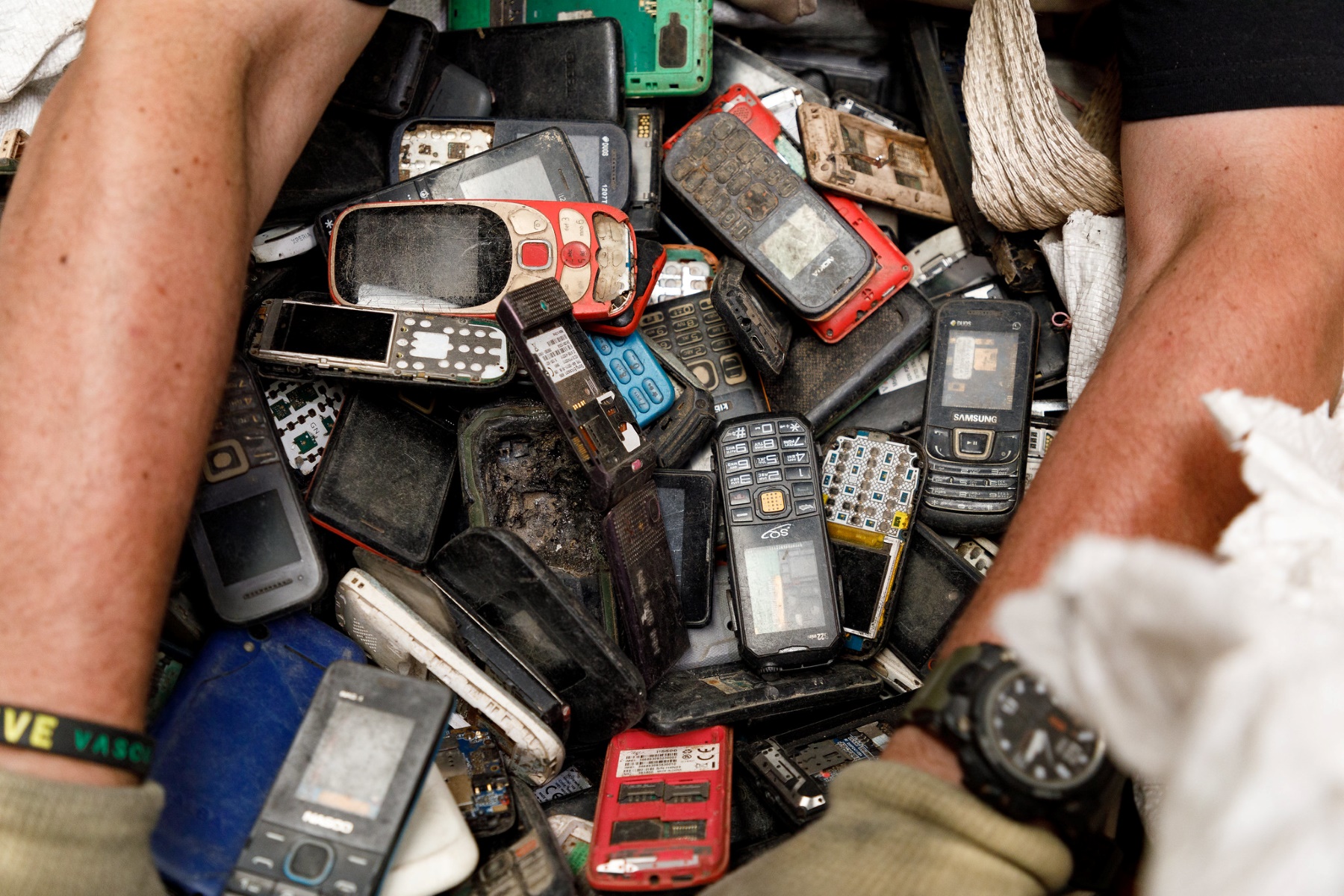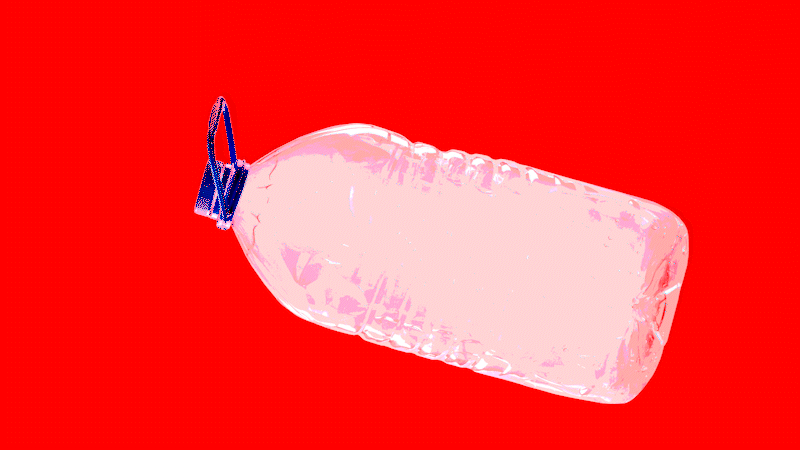Can sustainable strategies quell India’s microplastics problem?
Plastics waste and pollution is spiralling into a huge environmental challenge for India. Better coordination and focus could help address it.
 India ranks third globally for contributing 5.5 million tonnes of single-use plastic. : Rahul Machigar Flickr
India ranks third globally for contributing 5.5 million tonnes of single-use plastic. : Rahul Machigar Flickr
Plastics waste and pollution is spiralling into a huge environmental challenge for India. Better coordination and focus could help address it.
India knows it has a plastic waste problem, but the urgency and coordination to meaningfully address it hasn’t been present. That might be about to change.
In February, an Indian parliamentary committee chided the country’s Central Pollution Control Board for being “lackadaisical” in battling the virtually unstoppable plastic waste menace.
Citing a 2022 report by the Comptroller and Auditor General, Parliament’s Public Accounts Committee blamed the state pollution control boards for not providing data on plastic waste generation for 2016-18. While in many cases the data was not verified by the Central Pollution Control Board, there were instances of statistical “inconsistencies”, making it difficult for any “reliable assessment” of the volume of plastic waste.
Six years ago, the government had vowed to phase out single-use plastic by 2022. It took the Ministry of Environment, Forest and Climate Change three years to pass a ban on single-use plastic items. It took another year for the ban to come into force.
The same year, the government prohibited the manufacture, import, sale and use of plastic carry bags thinner than 120 microns — one micron is a thousandth part of a millimetre — and notified extended producer responsibility rules to manage collection and recycling of plastic waste.
Today, India, which generates more plastic waste than any economy barring the US and the European Union, has the unenviable record of holding third rank globally for contributing 5.5 million tonnes of single-use plastic. It also ranks 94th with per capita for single-use plastic waste of 4kg per year. This shows that the ban addresses about 11 percent of the entire range of plastic waste.
Clearly, the plastic problem is not going away. They are in India’s landfills and the environment, with a large proportion of this polymer-based waste, along with other marine debris, drifting on the Indian Ocean and entering the food chain. One estimate shows that annually about 2,000 garbage trucks of plastic are dumped into the global aquatic systems, including lakes, rivers and oceans.
The long-run consequences of plastic presence in the Indian Ocean could be catastrophic. Oceanic currents remain balanced through various gyres across marine systems, also referred to as oceanic conveyor belts, which regulate temperature, salinity and nutrient flow.
The Indian Ocean gyre is one of five main gyres which constitute a complex system of currents extending from the Australian west coast to the African east coast. The northern part of this gyre system circulates between the Horn of Africa and the Indonesian archipelago. This is also known as the Indian monsoon current.
Plastic waste and detritus find their way through the country’s aquatic systems before getting disgorged into the Indian Ocean where they penetrate the gyres, resulting in the formation of large patches full of micro and nanoplastics, besides other debris such as e-waste and chemical sludges. This assorted waste varies across oceanic depths but is predominantly suspended across the upper water column of the ocean.
In the past, this floating patch of waste has been described as the Indian Ocean Garbage Patch, which is similar to the Great Pacific Garbage Patch, but not as large and extensive.
Studies indicate the presence of microplastics (particle size 1μm to 5mm) and nanoplastics (particle size <1μm) in different concentrations. Much of these are from industrial sources or result from degradation and fragmentation of macroplastics(particle size > 5mm).
Such miniscule plastic marine debris exists in the aquatic systems for long periods, but photooxidation (oxidation under the influence of sunlight) and microbial degradation cause their fragmentation and degradation. Biofouling, which is caused by accumulation of microorganisms, plants, algae and biofilm, builds up over time and results in loss of buoyancy, forcing them to sink and settle on the ocean bed.
Ingestion of miniscule plastic marine debris by fish and other marine life causes interference in their natural growth as they lack nutrition-based substances, which adversely affect their eating patterns and their DNA structures.
Also, following photodegradation, plastic marine debris turn comparable in size to zooplanktons, which are then consumed by fish and other marine life. This enables the entry of plastic, one of the main threats to marine biodiversity, into the oceanic food chain.
This process and its impact on several marine species have been the subject of studies. One such study found that nanoplastics can penetrate the brains of some marine species such as sea bass and crustaceans. Also, such exposure to nanoplastics affects the behavioural patterns and risks disorder in fish.
A 2019-20 survey along Mumbai’s coastline found that the “GI tract and gills of croaker fish had microplastics less than 100 micron in size”. Even commercial fish in the southern Indian coastal belt were found to be contaminated by microplastics.
Another study in 2022 in the Cochin estuary found a “huge presence” of microplastics in popular edible fish varieties. The same study saw changes in “enzyme activity, behaviour and haematological biomarkers” among a particular variety of sea fish.
The entry of plastic, from the marine to the terrestrial food chain, takes place through different pathways. When such minute plastic particles enter humans through lungs, skin contact and ingestion of marine food (various fish, mussels, crustaceans, molluscs and fishery products), they get transported to different organs and cause health hazards.
The emergent risks are also associated with immune systems, inflammatory response, activation of ion channels in human lungs, cytotoxicity (a process that causes cell damage), affected metabolism and tissue accumulation. One study on sea bass showed neurotoxicity, but not much is known of the impact on the human brain.
There is agreement among scholars and researchers that many parts of the Indian Ocean “suffer from significant plastic pollution”. Extensive and intensive research in 2021 revealed that sea fish around the globe ingest microplastics. Of the 555 fish species studied, researchers were “alarmed” to find that “more than two-thirds” had ingested plastic.
The Indian government and its many agencies battling plastic pollution recognise the scale and complexity of the problem and the huge toll it ultimately takes on marine life and ecosystems. But what is lacking is coordinated and strict management that could to a large extent mitigate the problem.
Redoubling efforts to increase activities around recycling plastic is a way out. However, more importantly, “adopting circular economy designs, technologies and business models” will extend the use of plastic.
A set of strategies — circular design and production, investment in infrastructure, strict adherence to recycling processes, and sustainable consumption among others — will certainly minimise the plastic menace. Only sufficient political will help turn the plastic tide.
Syed S Husain is an Assistant Professor at O P Jindal University’s School of Government and Public Policy. His main research interests include but are not limited to Complex Systems, Dynamical Systems, Socioeconomic Systems and Computational Social Sciences. He earned his doctorate from the School of Computational and Integrative Sciences from Jawaharlal Nehru University.
Originally published under Creative Commons by 360info™.










